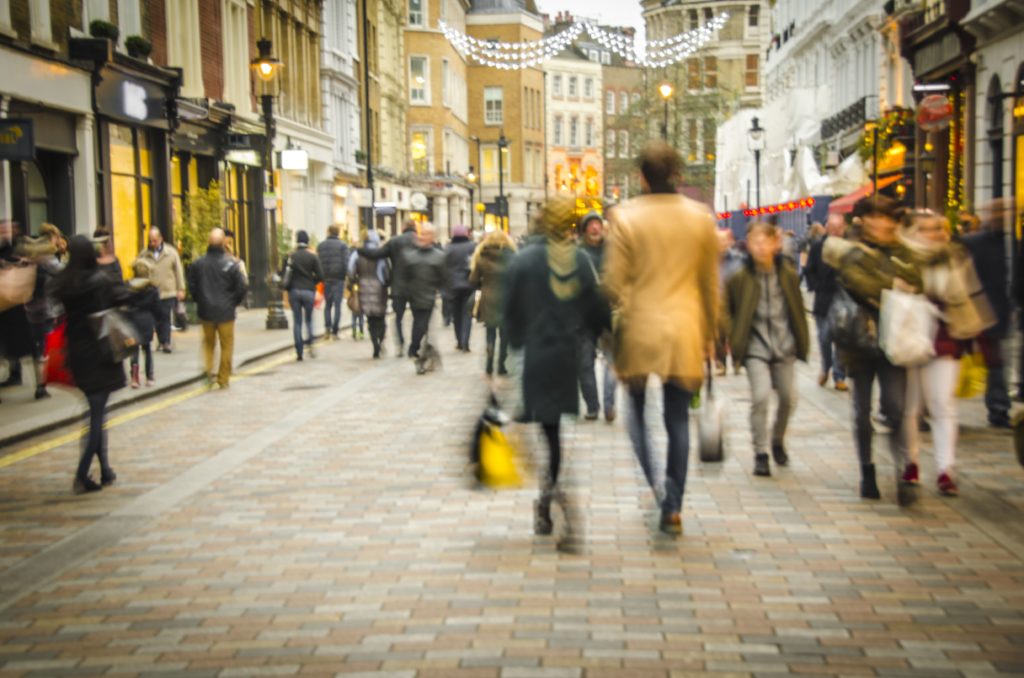
Increasing Hospitality Footfall with Chalk A-Boards
Increasing footfall is the ultimate goal for hospitality businesses that rely on customers entering their property. Restaurants, fast food outlets, pubs, bars, travel shops, cinemas, theatres and B&Bs are prime examples.
One of the age-old ways to increase footfall in shops, restaurants and outlets is with a chalk A-board strategically placed to attract customers.
People who would otherwise not see and walk right past a business can have their heads turned by a well-placed and scribed A-board!
The question is, is a chalk A-board worth it in today’s digital age? How likely is it to increase footfall in the hospitality sector? This article will reveal all.
What is footfall?
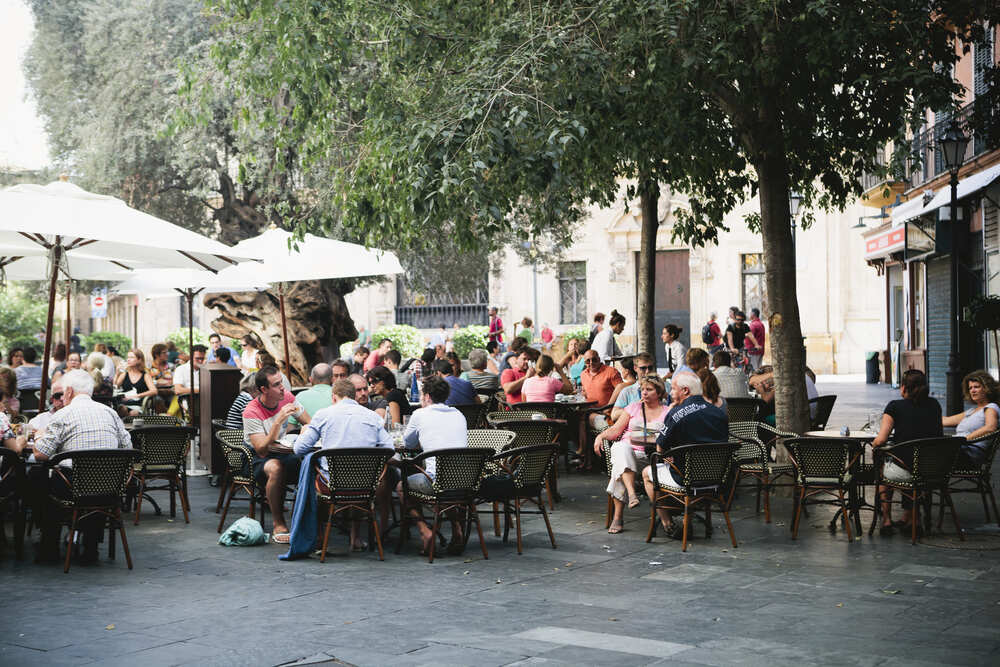
Footfall is the number of people entering your property measured over a single day. The idea is that higher footfall equals more sales.
How to calculate footfall?
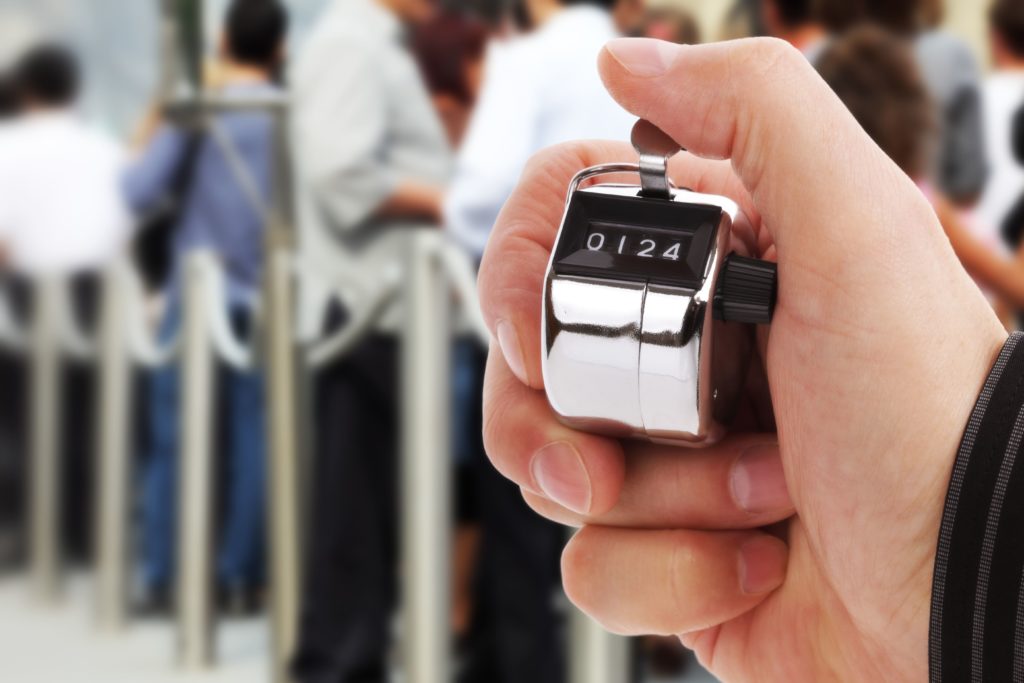
Calculating footfall requires counting customers accurately. A click counter is a simple, analogue method but requires an employee to stay at the door. Infrared cameras and 3D stereoscopic cameras automate the process and are more accurate.
The value in knowing your footfall is you can use it to measure your conversion rate by dividing total transactional sales by footfall data.
Conversion Rate = (Transactional sales) / (Footfall)
For example, if 140 people enter your store and 98 people buy something, your conversion rate is 70% (which is excellent, by the way!).
Footfall data is also useful for figuring out:
- Average time in-store
- Busiest times and days
- Impacts of weather
- Impacts of local events
- How sites compare
- Impact of marketing activities
Hospitality businesses try all sorts of tactics to increase footfall, but A-boards remain the most popular method to attract people straight from the street.
What are chalk A-boards?
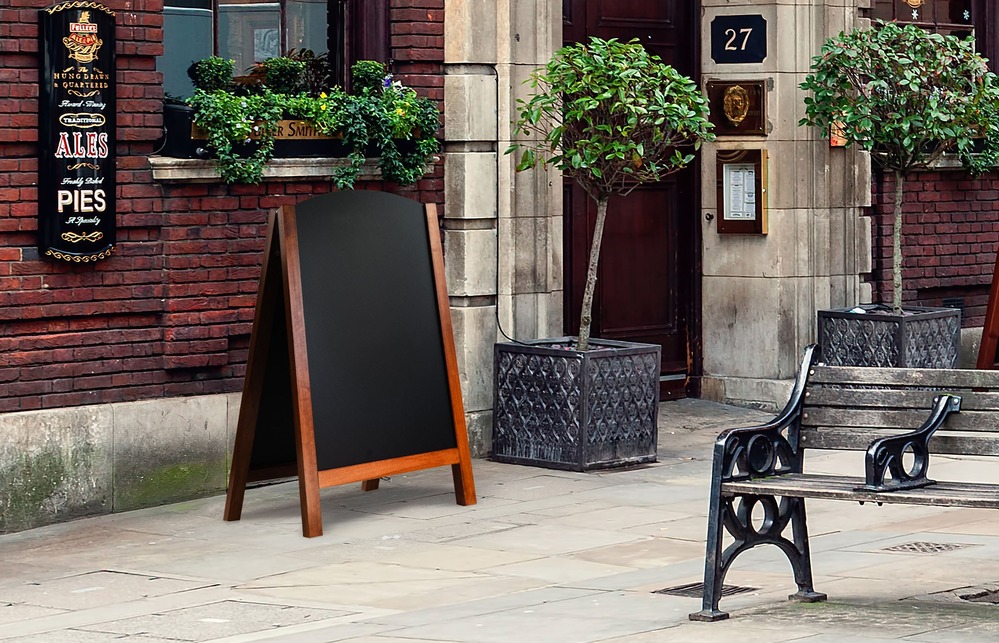
Chalk A-boards are promotional display boards commonly used to increase footfall, consisting of a free-standing A-frame with a chalkboard built into the frame. The A-frame is hinged so the board can fold flat in storage, and it should have self-locking hinge table legs to ensure the frame can’t collapse when in use.
The A-frame is made from aluminium or wood, while most modern chalkboards are made from porcelain enamel or sheet aluminium painted with chalkboard paint.
The first chalkboard dates to 1801 and is credited to James Pillans, a headteacher in Edinburgh, who hung a large slate on the classroom wall. Porcelain enamel replaced slate in the early 1900s as mass production took hold.
How to use chalk a boards to drive footfall?
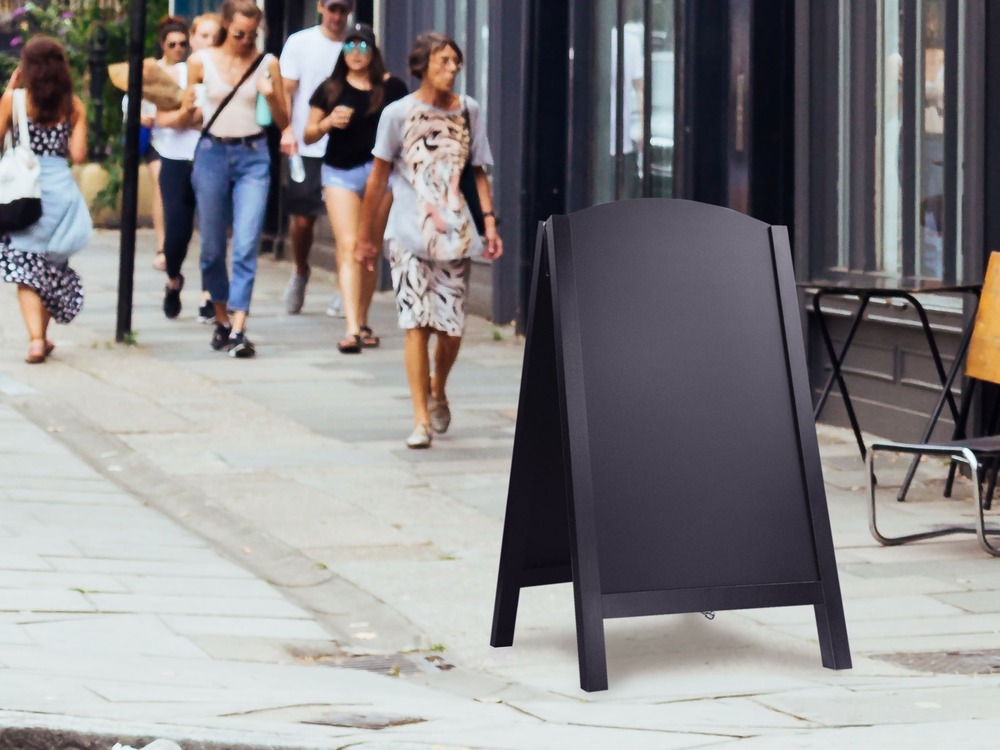
Chalk A-boards are an excellent way to increase hospitality footfall. Here are a few tips to help you make the most of yours:
- Size it right: Your A-frame should be big enough to get noticed, but not so big it obstructs people. A1 is the most popular size.
- Calligraphy: Calligraphy makes a massive difference to the feel of A-boards, so you should put your best writer to the task. You can also cheat with letter stencils.
- Colours: Black chalk A-boards work better than green chalk A-boards. You should always contrast chalks, like white and bright colours.
- Make your message count: Capture people’s attention with word plays, musings and jokes, and make sure special offers are irresistible.
Overall, chalk A-boards are an excellent way to increase hospitality footfall so long as they are sized appropriately and written on in style.